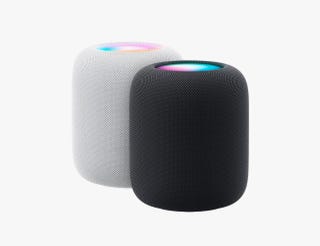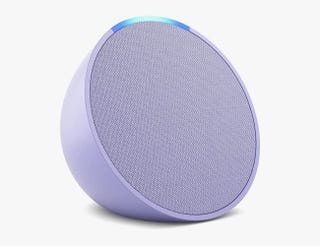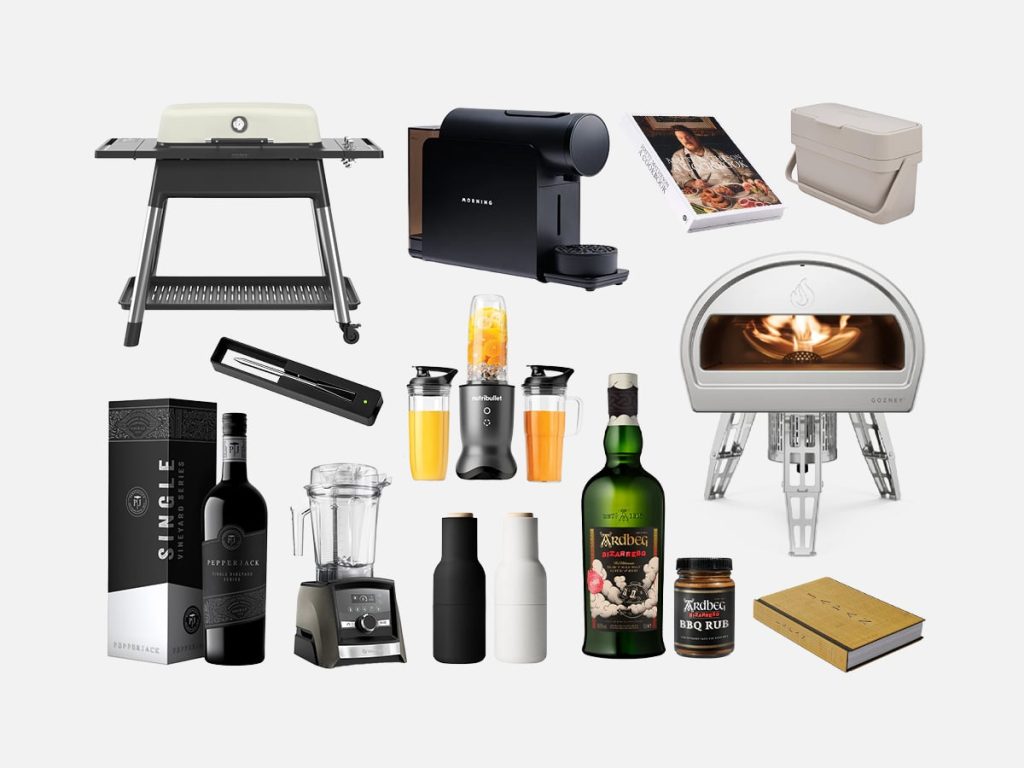We’re deep in the age of streaming, and multi-room speaker systems are all the rage. They allow you to wirelessly group multiple speakers together over Wi-Fi — there’s no cables — so you can play the exact same audio throughout your entire home. It’s especially great for parties.
Sonos has been the biggest name in wireless multi-room speaker systems for some time. And while it still wears the crown, it has a lot of competition these days. A number of audio companies have mimicked Sonos to a tee, creating their own multi-room streaming ecosystems just for their speakers; Bose Home Audio, Yamaha’s MusicCast, Bowers & Wilkins’s Formation and Denon’s HEOS, to name a few. Of course, the big boys of Amazon, Google and Apple have gotten into the mix, too.
The problem is that most of these multi-room systems don’t play nicely together. For example, you can’t have Amazon’s Echo and a Sonos speaker playing in the same setup. So if you want to have multiple speakers playing in unison through your house, you need to decide: which multi-room speaker system is right for you?
Before getting started, there are a few questions to ask: Are you looking for the best sound quality or multi-functionality, i.e. voice commands and smart home control? Do you have an iPhone or Android device? And if you want voice control, which music streaming service do you subscribe to? Whether it be Spotify, Apple Music, Amazon Music or Tidal, different voice assistants support voice commands to different services.
This guide identifies the most popular multi-room speaker systems to invest in right now, with one eye on the future: Aside from Sonos, each of these wireless streaming technologies works on an open network, allowing multiple speakers from various brands to stream high-quality music to different rooms in your house.
To learn more about our testing methodology and how we evaluate products, head here.
A Sonos Speaker System
What Is It? Sonos has been the industry leader for multi-room speakers since it launched the Play:3 all the way back in 2011. Three things have made this ecosystem so popular: sound quality, simplicity and longevity. In the past few years, Sonos has introduced smart speakers that support voice commands via Alexa, Google Assistant and Sonos’s own virtual assistant, Sonos Voice Control. Its newer speakers support AirPlay 2, as well, so you can easily stream music to them from your iPhone.
The Good: Sonos makes a lot of different speakers and soundbars so you have a lot of options when building out your system. Its speakers enable you to listen to CD-quality audio (or better if you have Tidal) as well as Dolby Atmos tracks. You can stream music from all of the major streaming services, including Spotify and Apple Music. And since software updates are as simple as updating an app on your phone, tablet or computer, the speakers are designed to last a lifetime. As for ease of use, the Sonos app is best-in-class and walks you through the entire setup and grouping process so that it’s straightforward and easy.
Watch Out For: Older Sonos speakers do not support AirPlay 2. Due to on-going legal battles with Google, some of Sonos’s most recent speakers, including both Era speakers, do not currently support Google Assistant. If you want to connect a non-Sonos speaker to your Sonos system, you have to use a Sonos Port ($449) or Sonos Amp ($499), both of which are pretty expensive components.
An AirPlay 2 Speaker System
What Is It? AirPlay 2 is Apple’s second-generation streaming protocol and it’s different from the original AirPlay because it actually supports multi-room streaming. It’s really easy to control via your iPhone, Mac or HomePod. And a lot of wireless speakers made by different manufacturers – not just ones made by Apple – support AirPlay 2, meaning you can mix and match speakers from different manufacturers and have them all play music together.
The Good: If you’re locked into Apple’s ecosystem, meaning you own an iPhone, Mac and Apple TV, and you subscribe to Apple Music (or just have a vast iTunes library), buying a multi-room speaker system around AirPlay 2 is probably your best bet. You can easily group various AirPlay 2 speakers together via the Home app; you can also ask Siri on your iPhone or Mac to play music or podcasts throughout the multi-room speaker group. Plus, since the HomePod and HomePod mini are AirPlay 2 speakers with Siri baked right in, you can use either as the smart speaker in a multi-room group.
Watch Out For: Not all speakers that supported AirPlay also support AirPlay 2, meaning they can’t play in a multi-room speaker system. If you have an older AirPlay speaker, do some research and check to see if it can be updated (over Wi-Fi) to support AirPlay 2.
A Chromecast Speaker System
What Is It? Chromecast is Google’s wireless streaming technology for multi-room audio. It has grown rapidly in popularity with the introduction of Google’s smart speakers, like the current Nest Audio (or older speakers like the Google Home, Home Max and Home Mini). All speakers with Chromecast built in can be integrated into a multi-room system. Some of them, if integrated with Google Assistant, respond to voice commands.
The Good: A growing number of speakers, soundbars and televisions by a variety of manufacturers (such as Bang & Olufsen, Pioneer, Sony and Vizio) are being integrated with Chromecast. This gives you more flexibility to mix and match speakers from various brands together and play the entire system in unison.
Watch Out For: It’s important to note that Google Cast and Chromecast speakers are different and can’t be grouped together in a multi-room system. Speakers with built-in Chromecast or connected with a Chromecast Audio streaming puck can be controlled via Nest Audio or by your phone’s Google Assistant.
An Amazon Speaker System
What Is It? All of Amazon’s Echo speakers now support multi-room audio playback so, if you have several Echo devices (including the Echo, Echo Plus, Echo Studio, Echo Dot and Echo Show), you can designate each speaker as its own separate room, or sync them together in a one-room setup.
The Good: All speakers that work with Amazon’s Multi-Room Music have Alexa built into them, meaning you can change the music with your voice from anywhere; as opposed to the Sonos One, which is the only speaker in a Sonos multi-room system that will respond to voice controls (unless there’s another Sonos One). The cost of entry is very low — you can get two Echo Dots for less than $100. And setting up a multi-room system is pretty easy — here’s how.
Watch Out For: Amazon’s Echo speakers cannot be grouped with non-Amazon-made speakers. Amazon has licensed out Alexa support so you can integrated other speakers with Alexa — most new Sonos speakers support Alexa, for example — but those can’t be connected to the same multi-room audio system as your other Echo speakers.


















